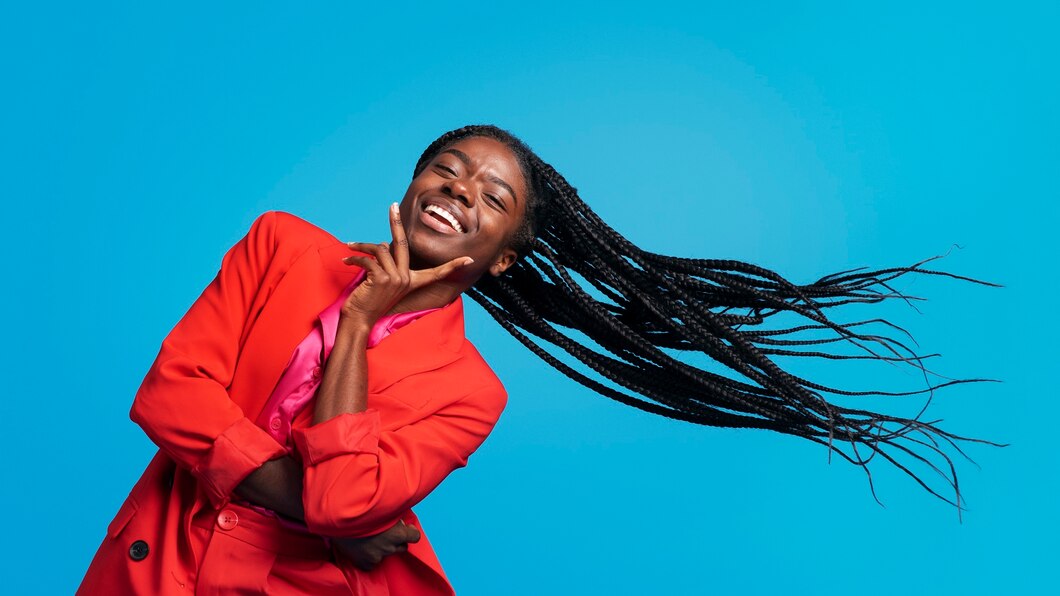Hair braiding is a timeless art form that has been an integral part of South African culture for centuries. It represents more than just a fashion trend; it is a deeply rooted tradition that carries cultural, social, and historical significance. From box braids to cornrows, South African hair braiding styles are diverse and rich with meaning. This article explores some of the most popular styles, their origins, and their cultural importance.
The Historical Roots of Hair Braiding
Hair braiding in Africa dates back thousands of years, with evidence of intricate styles found in ancient hieroglyphs and sculptures. In South Africa, hair braiding has been a way to convey social status, age, religion, and marital status. It is also a form of artistic expression and a way to pass down cultural traditions from one generation to the next. Braiding is often a communal activity, with women gathering to braid each other’s hair, share stories, and strengthen community bonds.
Popular South African Braiding Styles
1. Box Braids
Box braids are one of the most recognizable and versatile braiding styles. Named for the square-shaped sections that the hair is divided into, box braids can vary in size, length, and color. This style is not only aesthetically pleasing but also protective, helping to shield natural hair from environmental damage and breakage. Box braids have become a global fashion statement, popularized by celebrities and embraced by people of all backgrounds.
2. Cornrows
Cornrows are a classic braiding style that involves braiding the hair close to the scalp in straight lines or intricate patterns. This style has deep cultural roots and is often used to reflect social status or tribal affiliation. Cornrows can be simple or elaborate, adorned with beads, shells, or other accessories. The versatility and durability of cornrows make them a popular choice for many.
3. Fulani Braids
Originating from the Fulani people of West Africa, Fulani braids have become increasingly popular in South Africa. This style typically features a central cornrow braid down the middle of the head, with smaller cornrows on the sides and decorative beads or cowrie shells. Fulani braids are both stylish and culturally significant, celebrating the beauty and heritage of African traditions.
4. Ghana Braids
Also known as banana braids, Ghana braids are thicker than typical cornrows and often involve adding extensions for length and volume. These braids are known for their elegant and bold appearance, making them a striking choice for special occasions. The style allows for creativity, with various patterns and designs that can be customized to suit individual preferences.
5. Jumbo Braids
Jumbo braids are similar to box braids but larger in size, allowing for a bold and eye-catching look. They are quicker to install due to the larger sections and can be styled in various ways, from buns to ponytails. Jumbo braids offer a unique blend of style and practicality, providing a protective option that requires less maintenance.
6. Marley Twists
Marley twists use hair extensions to create thick, rope-like twists that offer a natural, textured appearance. Named after reggae legend Bob Marley, these twists are a popular protective style that can be worn in various lengths. Marley twists are versatile, allowing for different styling options and providing a carefree, bohemian look.
7. Bantu Knots
Bantu knots are small, coiled knots created by sectioning, twisting, and wrapping the hair. Although not a braid, they are a significant part of South African hairstyling. Bantu knots can be worn as a style on their own or unraveled to create beautiful curls. This style has a rich history and continues to be a symbol of African pride and beauty.
8. Micro Braids
Micro braids are tiny, delicate braids that offer a natural look and allow for a lot of versatility in styling. They can take hours to install but provide a flexible option for creating updos, ponytails, and other hairstyles. Micro braids are a testament to the intricate craftsmanship involved in hair braiding.
The Cultural Significance of Hair Braiding
Hair braiding in South Africa is a powerful form of cultural expression. It connects people to their heritage, serves as a rite of passage, and acts as a medium for storytelling and cultural preservation. Each braid and pattern can carry specific meanings, and the process of braiding is often a social activity that fosters community and solidarity among women.
In recent years, the global appreciation for African braiding styles has grown, with many people embracing these styles as part of their identity and fashion statements. However, it is essential to recognize and respect the cultural origins of these styles, understanding their significance and the stories they tell.
From box braids to cornrows, South African hair braiding styles are a celebration of creativity, culture, and community. These styles are more than just a means of hairstyling; they are a testament to the rich heritage and traditions of Africa. As hair braiding continues to evolve and influence global fashion, it remains a powerful symbol of African identity and pride.








